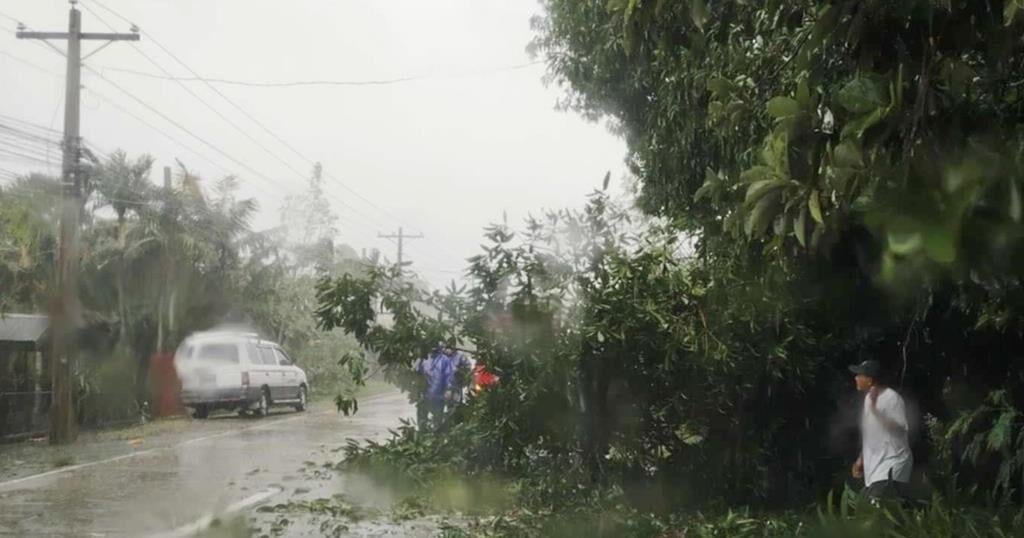Here is a roundup of stories from CanadaNewsMedia designed to bring you up to speed…
Canada watches for defence details at convention
Canada’s ambassador to the United States says the country is looking for an administration willing to deepen its defence relationships as NATO allies watch closely to see what the Democratic National Convention may reveal about how Kamala Harris could approach foreign policy.
Kirsten Hillman expects Harris to follow President Joe Biden’s lead on defence but says the vice-president has had a different emphasis in her approach: focusing on the Western Hemisphere.
What will be essential for any president, Hillman added, is to continue defence partnerships and expand opportunities for production co-operation with Canada.
Hillman was speaking on a panel about NATO on Tuesday with U.K. Ambassador Karen Pierce and Estonian Ambassador Kristjan Prikk on the sidelines of the convention in Chicago.
Canada pledges $5.7M in aid for Ukrainian children
International Development Minister Ahmed Hussen says Canada will provide $5.7 million for Ukrainians to meet their basic needs.
Ottawa says it’s maintaining solidarity with Ukraine two-and-a-half years into Russia’s full-scale invasion as Hussen visits Kyiv.
The trip has a focus on children, with Hussen visiting the main children’s hospital, which was damaged by a Russian missile in July.
The funding includes $2 million for Save the Children Canada, which has helped Ukrainian kids with food, education and psychosocial support.
Another $3.5 million will go toward medical and mental-health services provided by International Medical Corps UK, and $200,000 is set aside for the UN humanitarian service.
Heat, drought behind 2023 wildfires, says study
The largest study of Canada’s catastrophic 2023 wildfire season concludes it is “inescapable” that the record burn was caused by extreme heat and parching drought, while adding the amount of young forests consumed could make recovery harder.
And it warns that the extreme temperatures seen that year were already equivalent to some climate projections for 2050.
“It is inescapable that extreme heat and moisture deficits enabled the record-breaking 2023 fire season,” says the study, published Tuesday in the journal Nature Communications.
That season burned 150,000 square kilometres — seven times the historical average — forced 232,000 Canadians from their homes and required help from 5,500 firefighters from around the world, as well as national resources and the military. Smoke drifted as far as western Europe.
Manitoba Tory announces bid for leadership
Former provincial cabinet minister and pro football player Obby Khan is launching a bid for the leadership of Manitoba’s Progressive Conservative party.
Khan says people have been asking him to run for the party helm, and he wants to rebuild the party’s connection with Manitobans.
Khan is the first candidate in the race to replace Heather Stefanson, who announced her decision to step down after the party lost last year’s election to the NDP.
The leadership is to be decided next April 26, and candidates have until Oct. 15 to enter the race.
Ontario survey reveals youth mental health decline
More than half of middle and high school students in Ontario say they’re experiencing a significant level of psychological distress, a figure that has doubled over the past decade, new research shows.
The survey of more than 10,000 students in grades 7 to 12 highlights a “worrying” decline in youth mental health, the Centre for Addiction and Mental Health in Toronto said Wednesday.
Data collected from 235 schools across Ontario between November 2022 and June 2023 also shows that 19 per cent of surveyed students engaged in self-harm, and 18 per cent had serious thoughts about suicide in the previous year.
“The picture is that students are struggling,” Hayley Hamilton, the survey lead and co-director of CAMH’s institute for mental health policy research, said in an interview.
What we are watching in the rest of the world …
—
This report by The Canadian Press was first published August 21, 2024






















